Michelle Moran Q & A Part 2
 As a final grace note to Michelle's big week (you remembered to go out and get her book right?), Michelle is back answering your questions, so lets see what Michelle has to say...
As a final grace note to Michelle's big week (you remembered to go out and get her book right?), Michelle is back answering your questions, so lets see what Michelle has to say...
Question: What sparked your interest in archeology and ancient civilizations?
Answer: The inspiration for Nefertiti: A Novel began with the PBS television program Reading Rainbow. I was eight years old when the program featured a children’s book about dinosaurs. On the screen, a group of school children were huddled around a dinosaur bone, dressed in khakis and safari hats. They were squatting over a gigantic femur and tenderly cleaning off the dirt with their brushes. “That’s what I want to do,” I announced, and when my mother signed me up for a children’s course in paleontology at the Natural History Museum, I knew I wanted to join a dig someday.
Twelve years later I found myself sitting in Anthropology 101, and when the professor mentioned that she was looking for volunteers who would like to join a dig in Israel, I practically trampled the other students in my haste. Visions of artifacts danced in my head. After all, it was Israel, and who knew what we might find? For the three weeks before the orientation meeting, I agonized over exactly what I should bring. Shorts, of course, and heavy boots. But what about brushes? Were there special brushes that archaeologists used, or would the ones from Home Depot be okay? I finally settled on brushes from Home Depot, and when it came time for packing, I lovingly placed them in protective wrap and imagined all the priceless artifacts they’d soon be dusting.
When I landed in Israel, I unpacked my brushes and laced up my boots. I didn’t own a fedora, but I already felt like Josh Bernstein and I was ready to Dig Up Some Truth. As we arrived at the dig site, our team leader walked to the back of his van. I watched enthusiastically as he unloaded twenty pickaxes. When he began passing them out to the volunteers, however, I became concerned. They’ve mistaken me for someone else, I panicked, someone who’s signed up to dig ditches instead of brushing delicate femurs. “What is this?” I asked when it was my turn for a pickax. “One of your tools,” our team leader replied. “There’s a shovel as well. You’ll be digging six feet by ten.” When he saw the shock on my face, he frowned. “You knew that, didn’t you?”
For weeks we dug ditches, shoveling dirt into wheelbarrows and hauling the barrels of dirt down a hill. Over that summer I think I lost ten pounds, and I know that I gained some serious muscle. Plus, I never did get to use my brushes. Only seasoned archaeologists were allowed to do the delicate work. But by then I had already decided that I would rather dig through history with a pen than with a pickaxe!
Question: How awesome was it being on the History Channel?
Answer: We filmed the interview in Israel with Simka, The Naked Archaeologist- who remains fully-clothed, I hasten to add! It was wonderful, but scorching even in February. We shot the scenes at the tiled remains of an ancient synagogue, in the Jordan Valley by the Dead Sea. From Jerusalem, the "shining city on a hill", you descend to well below sea level in minutes, crossing the waist of the West Bank as you go. Looking across at the mountains of Moab, and up at Herod’s fortress at Masada is an experience I’ll never forget. Simka is a great interviewer and a fascinating guy, so I can't wait for the finished product to air sometime this fall.
Question: Are you influenced by writers in similar genres, like Elizabeth Peters and Margaret George or by writers in entirely different genres?
Answer: I did begin writing as a teenager in the science fiction/fantasy realm, but my love of history made a switch away something of an inevitability. Reading novels by writers like Margaret inspired me to move to historical fiction, and being able to get to know her personally since then has been pleasantly surreal. She's unbelievably charming and kind, and supportive of younger writers, too.
Question: With your first two books being about Egypt during the time period of Nefertiti and Akhenaten, otherwise known as the Amarna period, what do you make of the Amarna Art movement where for the first time in Egypt people were being painted realistically?
Answer: In some ways, the artists working there are the true intellectual ancestors of the classical tradition, and thence the modern world. You could argue they began it all: observation, the beginnings of empiricism, and the developed skill needed to represent reality in a way that still makes us gasp. The artwork was a fantastic resource for me as an historical author, given the blend of realistic and stylistic presentation. The impressions from one painting in particular formed the embryo of the entire novel:a family portrait found at Amarna. As a young girl Nefertiti had married a Pharaoh who was determined to erase the gods of Egypt and replace them with a sun-god he called Aten. It seemed that Nefertiti’s family allowed her to marry this impetuous king in the hopes that she would tame his wild ambitions. What happened instead, however, was that Nefertiti joined him in building his own capital of Amarna where they ruled together as god and goddess. But the alluring Nefertiti had a sister who seemed to keep her grounded, and in an image of her found in Amarna, the sister is standing off to one side, her arms down while everyone else is enthusiastically praising the royal couple. From this image, and a wealth of other evidence, I tried to recreate the epic life of an Egyptian queen whose husband was to become known as the Heretic King.
Question: I’ve been asking people this week whether they would choose Egyptian or Roman times to live and, so far Rome is winning 2 to 1, where would you choose to live?
Answer: It's a hard call because some aspects of Egyptian life were more humane and enlightened than Rome. But perhaps the Roman indoor plumbing would lure me in, too! Rome had an unrivalled intellectual climate, which has to play a role in the decision. Also, the social pyramid was even steeper in Egypt than in ancient Rome, so unless I felt lucky, I think a Roman reincarnation would be a safer bet!
Question: Egypt being a feline-centric society, are you more of a cat or a dog person?
Answer: Cats! I have a psychic bond with them that causes them to find me wherever I go, like heat-seeking furry missiles.
Question: Did you watch the TV show Rome? If so, what did you think of the portrayal of Cleopatra and Marc Antony as almost an early version of Sid and Nancy?
Answer: I think James Purefoy was perfectly cast, but the drug aspects were likely overblown. As charter members of the “Society of Inimitable Livers”, however, Cleopatra and Marc Antony did know how to have a good time!
Question: Have you ever visited Pompeii?
Answer: Three times! Each time has been better than the last. There's a section on my website gallery page detailing just a few of the stunning treasures preserved there.
Question:From Ancient civilizations to revolutionary France, bit of a jump, what inspired that?
Answer: Yes, I’m halfway through my fourth novel, entitled Madame Tussaud. When you add together my love of France, as well as her incredible story, it’s proving to be a joy to write! I suppose there were three reasons. As a Francophile, I would put Jefferson to shame. The politics of the time seem instructive. And finally, after three novels set in the ancient world, I felt that my readers might enjoy a brief sojourn into the more familiar!
Question: What do you make of Madame Tussaud’s legacy, not as a great artist or revolutionary but as the wax museum lady?
Answer: It’s amazing how powerful the hold of wax figures still is in the 21st century, given the essentially low-tech nature of the craft. You would think that we would be jaded by all the multimedia, high-definition, plasma screen what-have-you. But people still throng to celebrity, from a totemic sense deep inside us that we can touch and own a piece of it. That impulse is millennia-old, and won’t disappear in a two-hundred year blink of an eye. As for the formidable Madame herself….. What would she have thought of people posing next to wax George Clooneys and Shakiras, or making indecent poses next to half-naked Kylie Minogues? As the consummate survivor, marketer and self-promoter, I think she would have nodded appreciatively at the long lines by the ticket booth!
Question: There has always been something creepy about wax works and the fact that Madame Tussaud started out making death masks seems somewhat fitting. Do you find waxworks kind of macabre?
Answer: Visiting the “halls of heads” in some factories’ darkened vaults has been a little eerie. But that’s nothing compared though to Tussaud’s experiences- having to fetch the bloody, decapitated heads of friends she had known in her jail cell just hours before, and model them by hand.
Question: On your website you have a great gallery of your favorite paintings, do you have a favorite museum or artist?
Answer: Monet! For historical artifacts, though, Athens’ Archaeological Museum is superb, and a must-visit for any antiquities fan. The Capitoline in Rome, Cairo of course, and for more oils, you can’t go wrong with Paris’ D’Orsay.
Question: What do you feel of the phenomenon of book trailers?
Answer: I had tremendous fun watching the Cleopatra’s Daughter trailer take shape: director Brady Hall is a genius. It is pricy, but in our visual culture, a chance to cross into different media is always a worthwhile way to build awareness. And who knows, perhaps a Hollywood big name might find their imagination sparked by the idea of a movie version!





















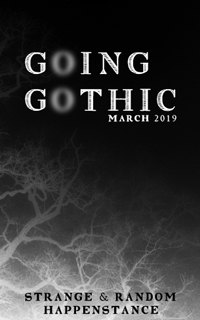
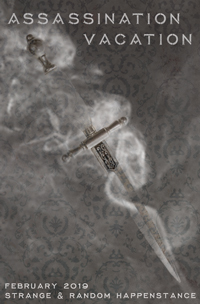
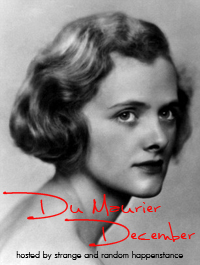
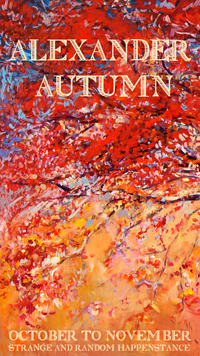
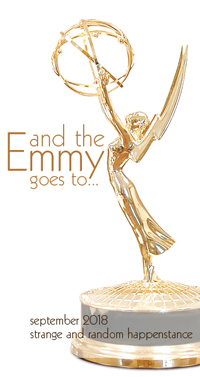

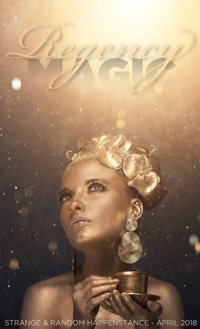




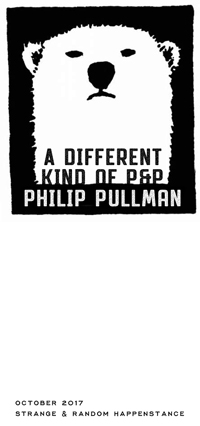


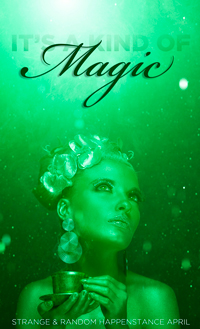
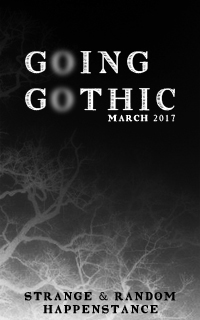

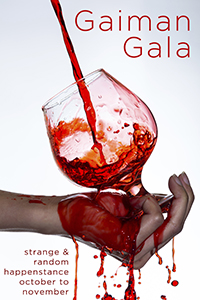
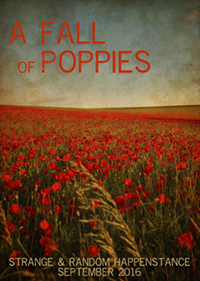



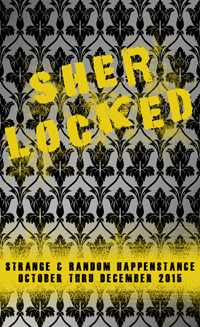

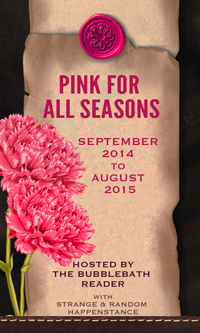
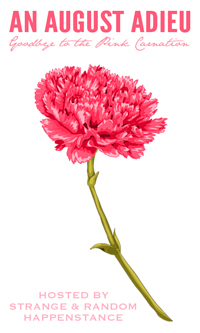

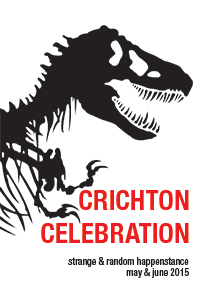


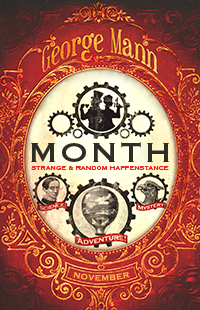

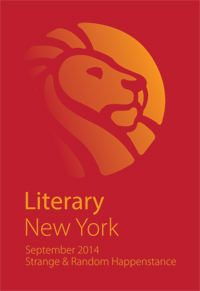
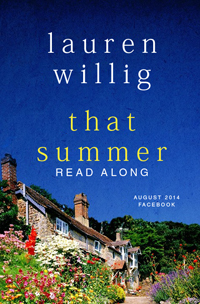



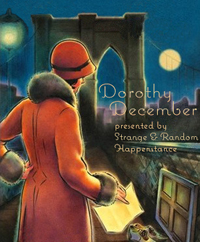





















Post a Comment